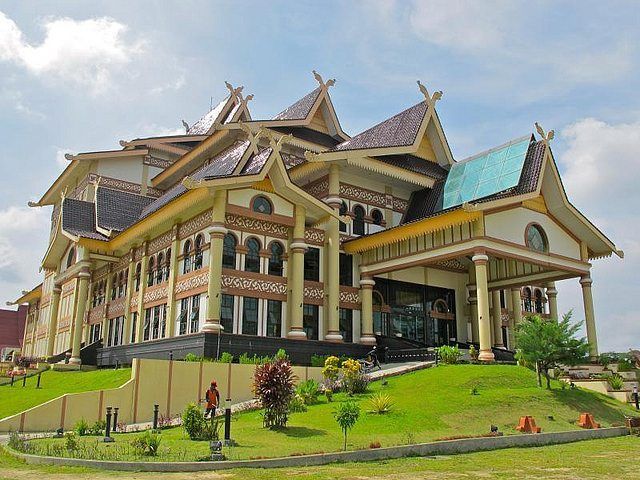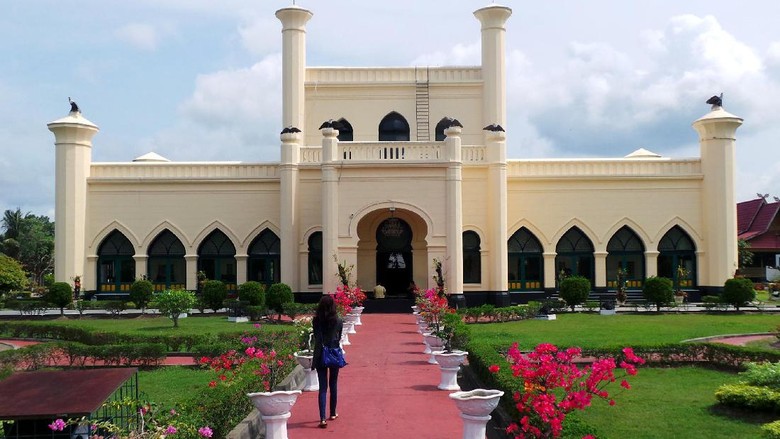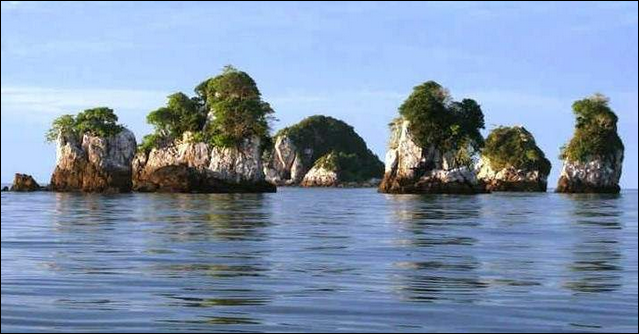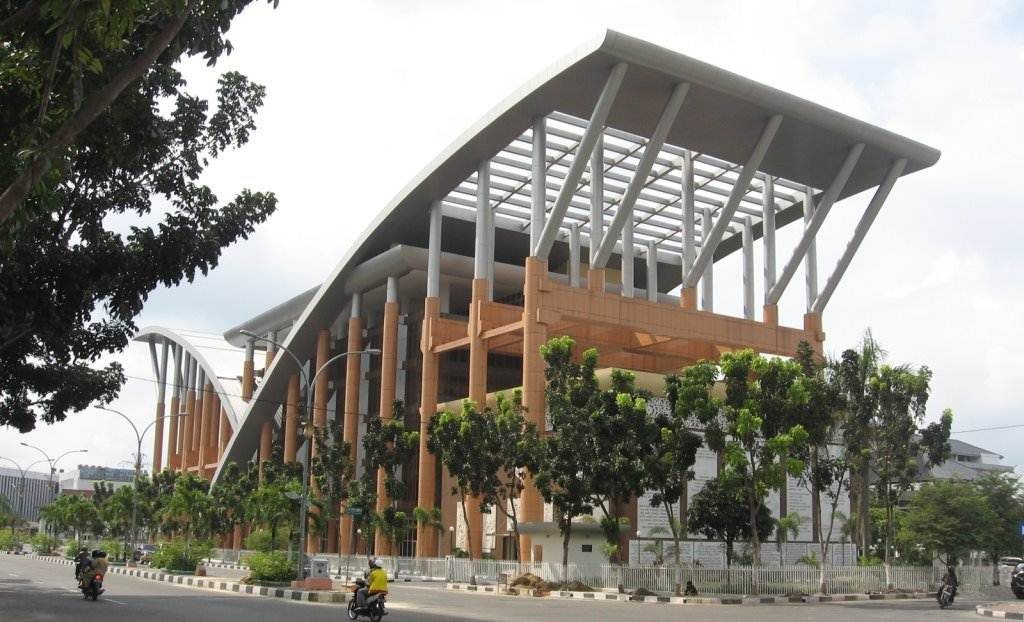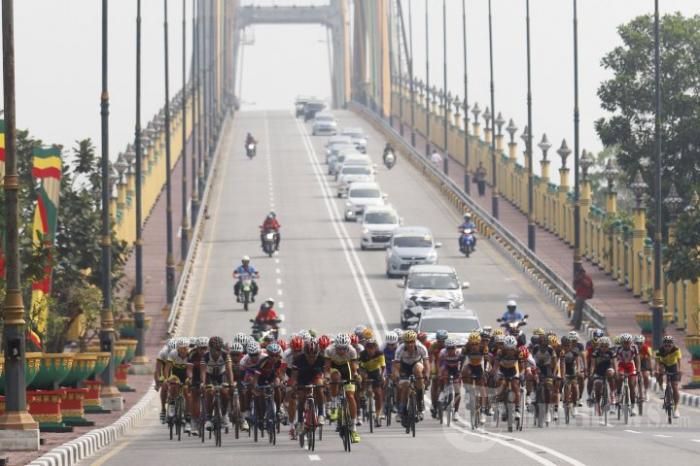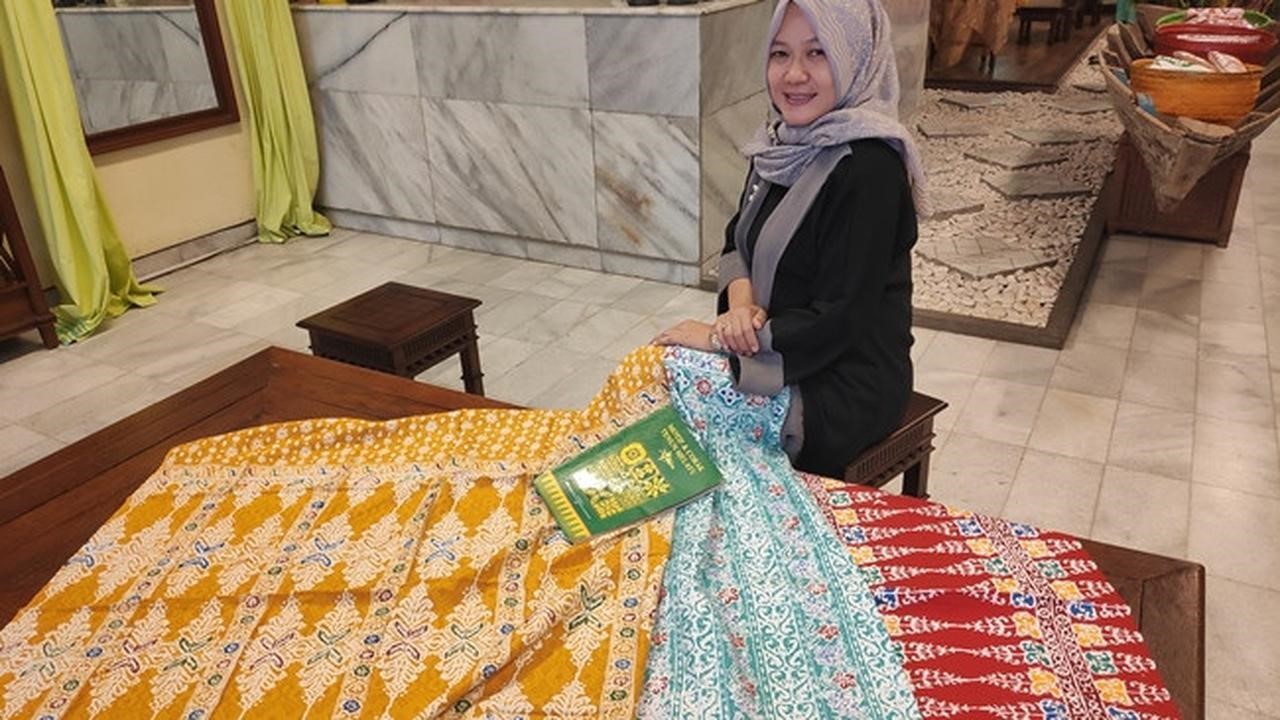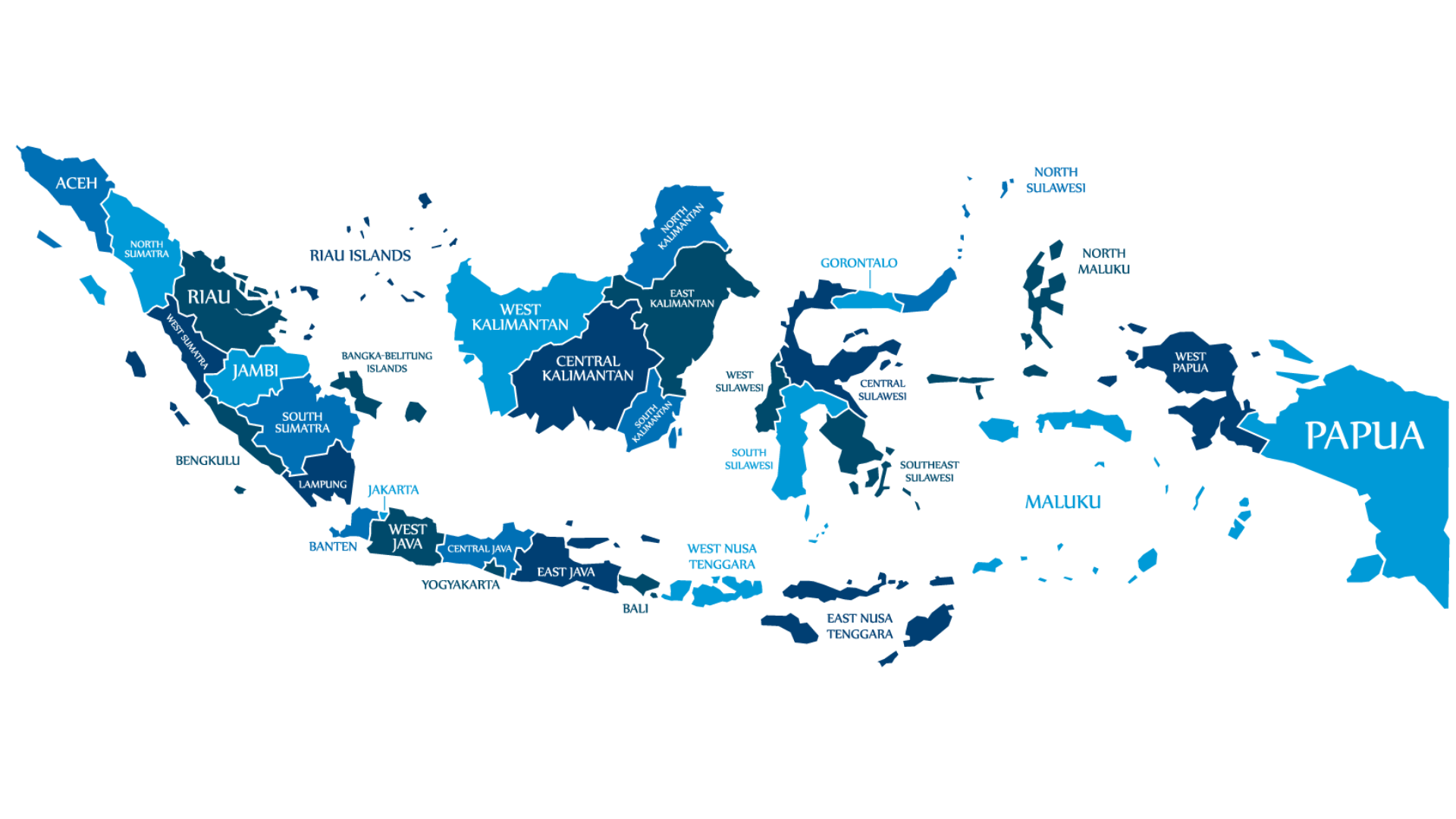Home / Batik Regions – Western Indonesia – Northern Sumatra – Riau
Facts of the region
Discover Batik in Riau
Batik production in Riau (photo: Brosispku)
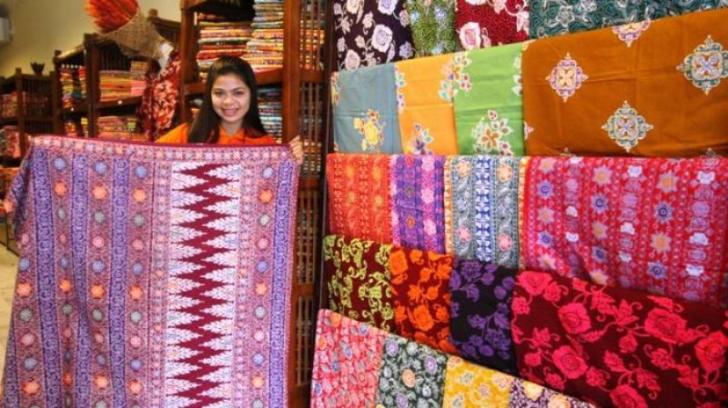
The Batik Gallery (photo: Tribunnews)
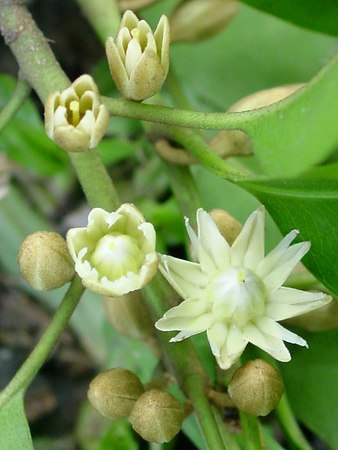
Malay Cherry Flower (Mimusops Elengi) as one of the Batik motif inspirations in Riau (Photo: Jejak Pandang)
The Wisdom of the Nature
The typical Batik of Riau is called Batik Bono of Pelelawan. The natural phenomenon inspires the local craftsmen to create their own motifs. The “Bono” batik name is derived from Bono wave, which is the name of the large waves of Kampar River. Kampar River is a surfing destination which attracts international surfers to take part in an international competition held there.
Socio-cultural aspects of Riau Batik
According to a Sumatera historian, RM Ali Hanafiah, Songket is the typical woven fabric produced by local communities in Riau. Later on, the Batik making tradition was originally introduced by the Javanese people who settled in Riau. Today, both Batik and hand-woven textiles have become the main textile heritage in Riau. The typical motifs of the two textile heritage sites mostly illustrate the philosophy of nature and the wisdom of Islamic religion.
Batik Motifs in Riau
Batik Villages in Riau
local batik workshop
Batik villages are the region where the Batik producers mostly reside. You could buy the Batik textiles from the artisans and participate in the making process of Batik on the site.
RiaU
Visual Journey
in 1 Minute
Batik production in Riau
The Homeland of Melayu
RiaU
The Idrus Tintin Cultural Centre (photo: Suryapost)
About Riau Province
Riau is a province located on the island of Sumatra bordering with West Sumatra, North Sumatra, and Jambi. This Province is known as one of the richest provinces in Indonesia for its big resources of petroleum oil, natural gas, and palm oil. Riau also has exceptional cultural wealth as it registered 76 types of Indonesian intangible cultural heritage, ranging from food, art, dances, traditional cloth, rituals, and folk games.
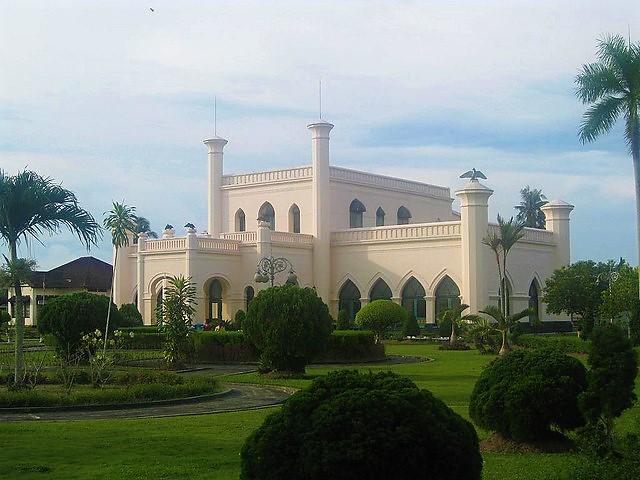
Facts about Riau
It stretches in a total area of 87,023.66 km2, with a population of 6,074,647 inhabitants. The majority of the population in Riau province is Muslim (87.47%), then Christian (9.27%), Buddhist (2.18%), Catholic (1.01%), and Hindu.
Riau is a province with the biggest contributor to crude oil production in Indonesia, which accounts for 30% of national oil production. Riau Province is also known as one of the biggest oil palm producers. One of the famous cultural destinations is the Siak Royal Palace (Photo: Atrix, Wikipedia).
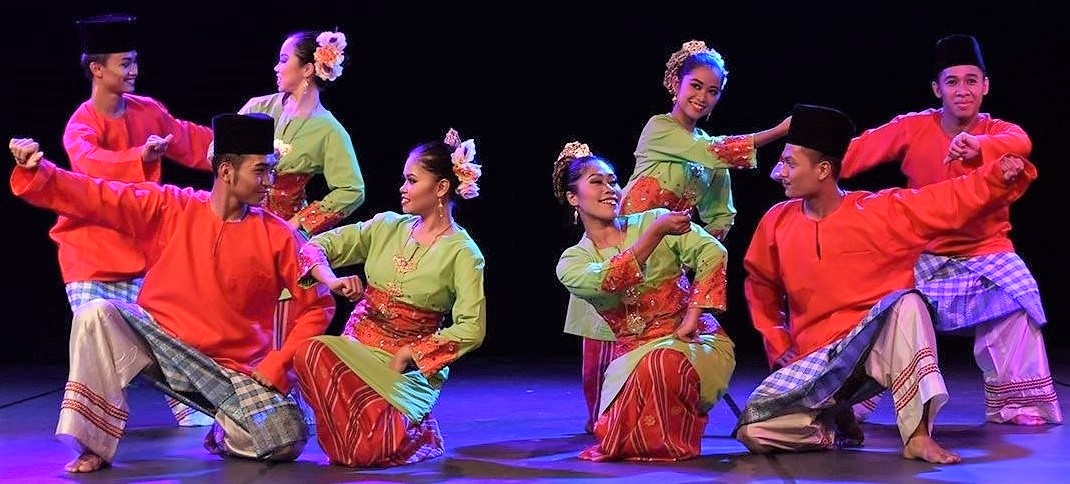
Highlights on Culture and History
Previously, Riau was an amalgamation of Malay kingdoms that had triumphed in this region. Those kingdoms are Indragiri Kingdom (1658-1838), Siak Sri Indrapura Kingdom (1723-1858), Pelalawan Kingdom (1530-1879), Riau-Lingga Kingdom (1824-1913) ) and several other small kingdoms.
Riau also has exceptional cultural wealth as it registered 76 types of Indonesian intangible cultural heritage, ranging from food, art, dance, traditional cloth, customs, and folk games. Visitors can explore and learn about the history of this region through the traces of its cultural heritage dated from Islamic, Hindu Srivijaya kingdom, and Buddhist era. One of the famous traditional dances in Riau is the Zapin dance of Malay ethnic (Photo: Zapin Dance, Pojok Seni).
Tourist Attractions in Riau
